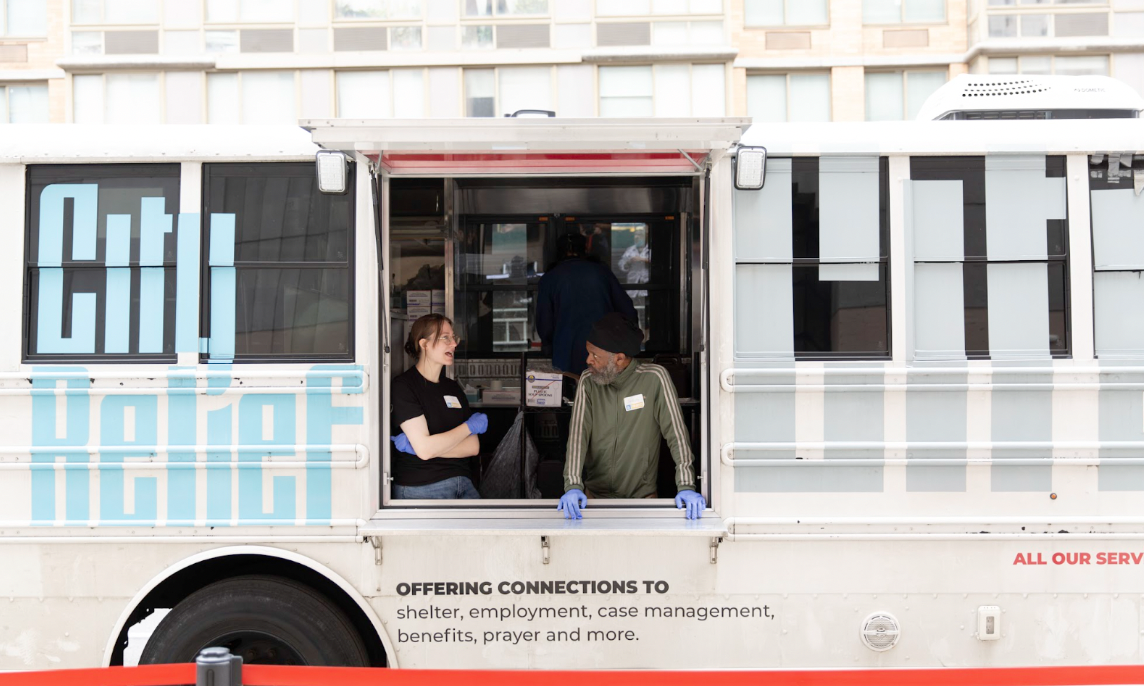Bulletin Board
The place where you can stay up to date with the latest events, stories, news, and opportunities for our City Relief community.

Would you leave your sick child to keep your job?
Tasha was working as a cashier at a grocery store in Queens. Every week, nearly half of her paycheck went to childcare for her two young kids. It was barely sustainable, until her youngest came down with a fever. Because her job was hourly, she had no paid time off. That meant two impossible options: call out and lose income she couldn't spare, or go to work and leave her sick child unattended. Neither option was really an option at all.

The High Cost of Getting to Work
Let me tell you about Carlos. He'd just landed a dishwashing job in Midtown. The hours weren't glamorous, but he was grateful for the opportunity. The challenge? Carlos was living in the Bronx, and the only way to keep that job was an hour-long subway commute—at a cost of $127 a month for a MetroCard. That was more than a third of his first paycheck. And with fares set to rise again next year, that burden is only going to grow heavier.

How does a thriving economy lead to more homelessness?
When most people think about homelessness, they think about poverty. It makes sense: if someone doesn't have money, they don't have housing.
So there must be a correlation between disadvantaged communities and the number of residents who fall into homelessness, right? And if that’s the case, why is there so much homelessness in cities that also have experienced economic success like Los Angeles, San Francisco, and New York City?
